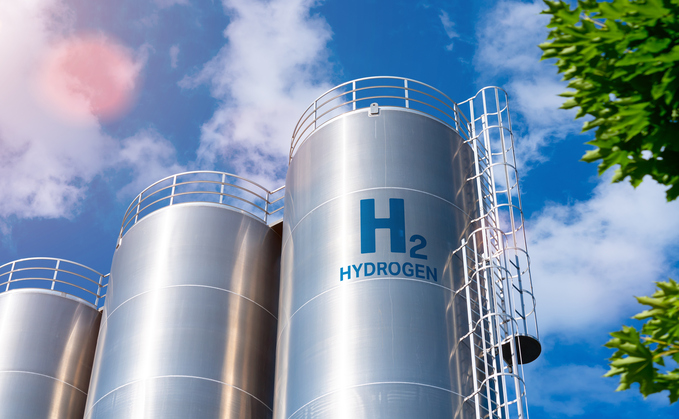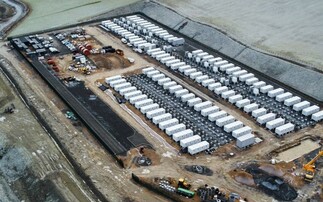Analysis from Transport & Environment argues EU target to produce 20 million tonnes of green hydrogen a year by 2030 looks 'overly-ambitious'
The EU's ambitious plans to rapidly expand green hydrogen production could be derailed by their over-reliance on imports from countries that currently boast negligible levels of production capacity.
That is the warning contained in a new analysis today from the influential Transport & Environment (T&E) think tank, which argues many of the countries European governments are seeking hydrogen deals with lack the infrastructure to produce and export low carbon hydrogen at scale.
"With European politicians flying across the world to secure hydrogen deals, this report is a much-needed reality check," said Geert Decock, electricity and energy manager at T&E. "Most of the countries Europe is relying on for imports are not at all ready to scale up production."
Under its RePowerEU plan, which was beefed up in the wake of Russia's invasion of Ukraine, the bloc has set a goal of producing 20 million tonnes of green hydrogen a year by 2030, half of which is expected to come from imports.
T&E's report, which was carried out by energy and engineering consultancy Ricardo, analyses six countries that are planning to export green hydrogen to the EU: Norway, Chile, Egypt, Morocco, Namibia, and Oman. It found that just one per cent of the green hydrogen plants planned in these countries currently have financing deals in place, and only Norway has operational green hydrogen production plants up and running.
The report estimates that based on the current pipeline of projects the six countries analysed are likely to deliver just a quarter of the 10 million tonnes of imports targeted by RePower EU by 2030.
The analysis confirms each of the countries do regard the EU as a key export market for their nascent green hydrogen sectors. But they also face significant challenges in building out export infrastructure and securing the water and renewable power supplies required by new electrolysis plants.
"Aside from Norway, the other five countries currently have limited renewables capacity," the report states. "Oman, for example, is almost exclusively reliant on fossil fuels to power its grid. These countries will therefore require huge investments in clean electricity generation to export green hydrogen as well as to decarbonise their own grids. Namibia is the most extreme case, needing more than 10 times the country's projected 2030 electricity demands to meet its planned hydrogen exports to the EU. Half of Namibians currently have no access to electricity at all."
The report also calculates between 55 and 80 million tonnes of water would be required to produce the 2.6 million tonnes of hydrogen planned to be exported to the EU in 2030 - the equivalent of 32,000 Olympic swimming pools every year. "All the countries looked at, except Norway, will face significant water scarcity in the decades to come," the report warns.
In addition, it also highlights how hydrogen exporting countries will require significant investment in either pipelines or infrastructure to convert hydrogen into e-fuels such as e-ammonia, e-methanol and e-kerosene for transport by ships.
Decock warned the projected reliance on imports could distract from the need to build out Europe's domestic green hydrogen production capacity.
The report calculates Europe could produce between six and 7.5 million tonnes of renewable hydrogen by 2030 domestically, which should prove enough to meet future demand if hydrogen use is limited to sectors that have few other low carbon alternatives such as shipping, aviation and fertilisers.
"The top priority right now is to develop a real market for renewable hydrogen and electrolysers in Europe," said Decock. "That's a big enough challenge and will require a laser sharp focus on those sectors that need hydrogen most, in particular aviation and shipping. In the longer run hydrogen imports will need to play a bigger role, but there are a number of important conditions that need to be met for imports to be sustainable."
Want to understand what is going on at the cutting edge of sustainability? Check out BusinessGreen Intelligence - the premier information for professionals focused on the UK's green economy.









